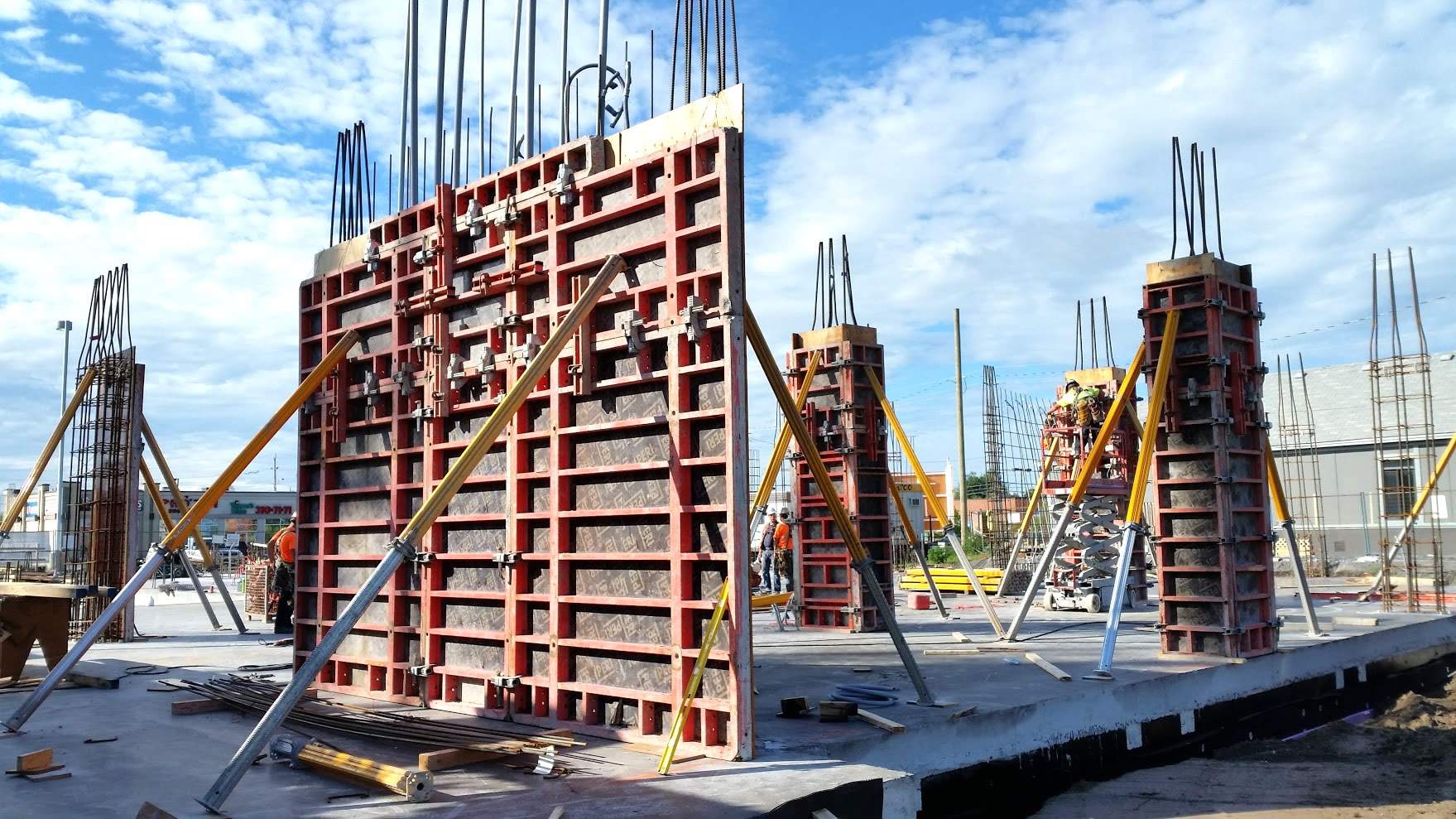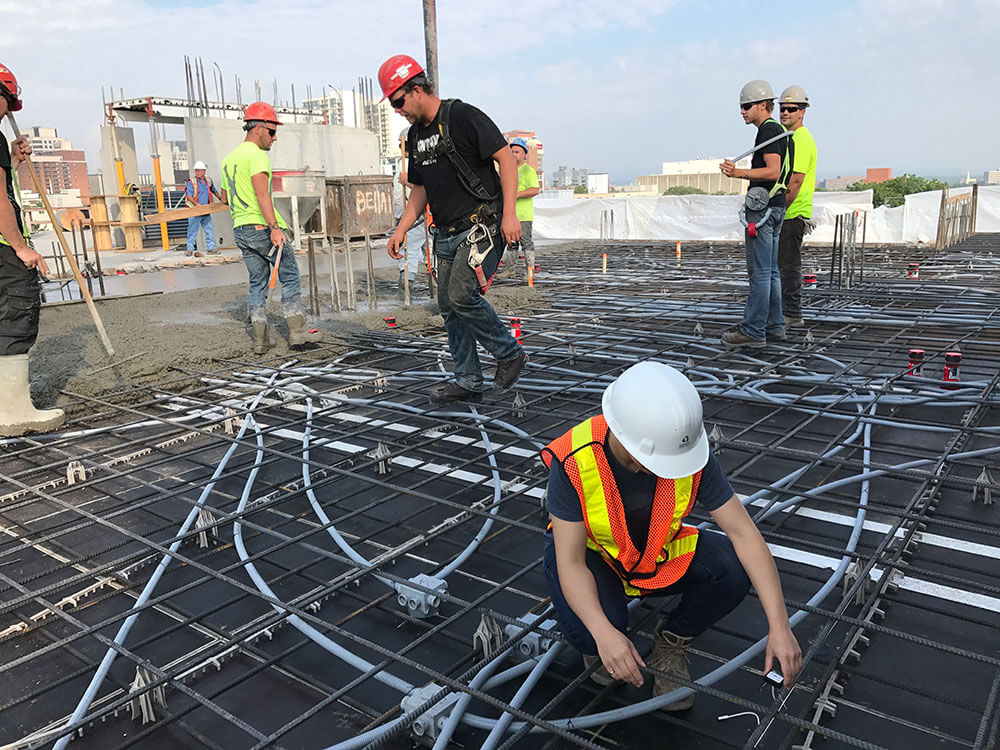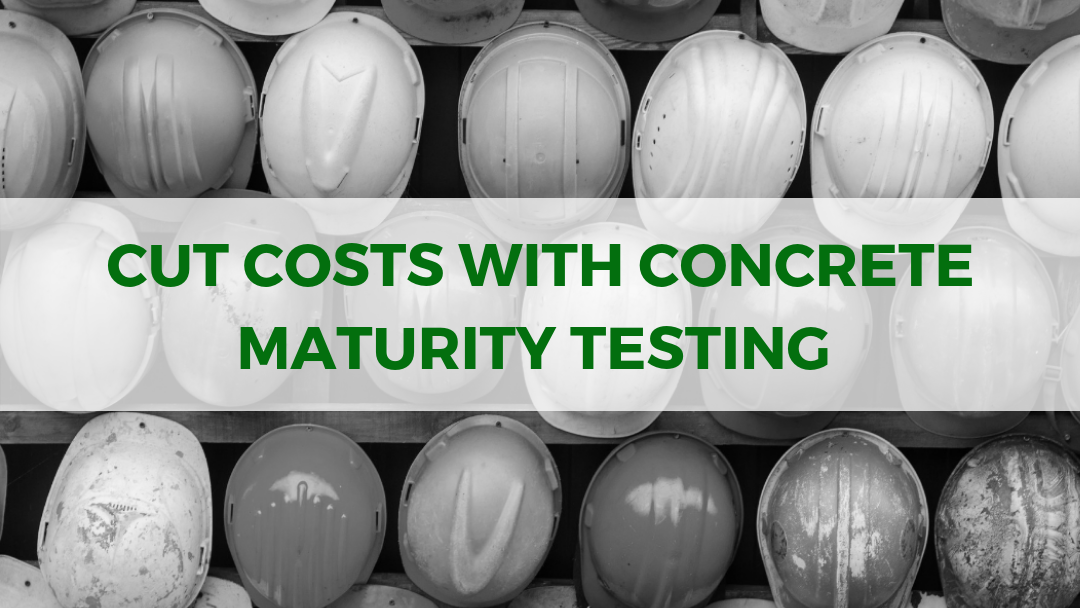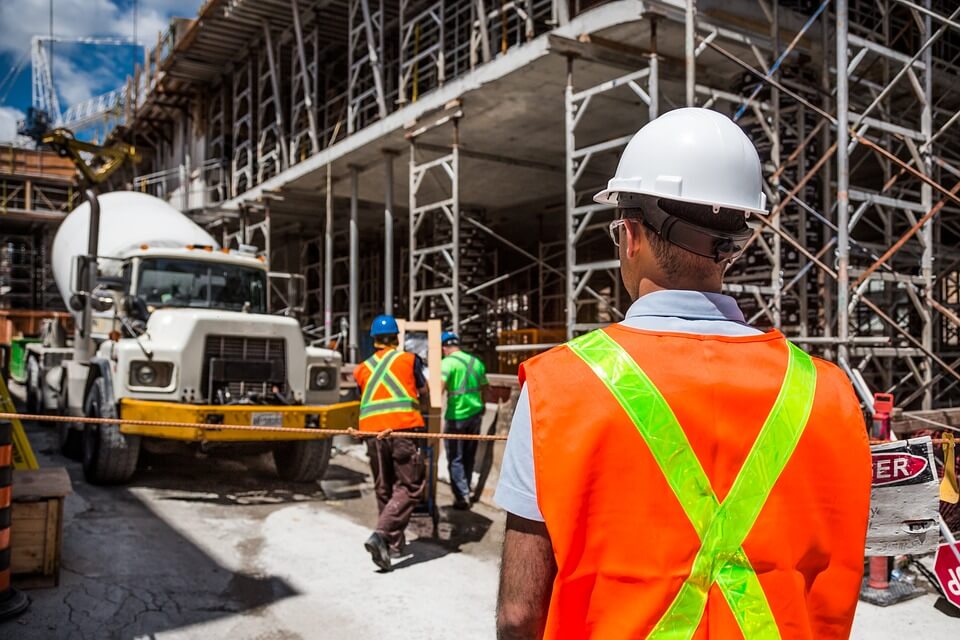Cement is the backbone of modern construction and infrastructure. From roads and bridges to skyscrapers and houses, cement plays a critical role in every built environment around the world. This blog post will take a deep dive into all aspects of cement, from its historical evolution to present-day manufacturing techniques and future innovations. We will also explore how cement compares to related materials like mortar, grout, and concrete, along with the types of cements available, their varying compositions, and how they are named in different standards.
Explore 12 Futuristic Technology Trends Solving Concrete's Biggest Challenges.
By the end, you will have a well-rounded perspective on this indispensable material, along with insights into how sustainability and new technologies are shaping its future.
The Historical Evolution of Cement

Long before the invention of modern Portland cement in the 19th century, civilizations around the world were experimenting with various binding materials to construct buildings that have stood the test of time. Here’s a snapshot:
- Ancient Civilizations: The Egyptians used gypsum mortars to bond blocks of stone as early as 3000 BCE. Around the same time, the Chinese were using sticky rice–lime mortars to build impressive structures, some of which still exist.
- Roman Innovations: The Romans discovered that mixing volcanic ash (pozzolana) with lime and water produced a strong, durable material—an early ancestor of today’s concrete. They used this material to construct architectural wonders like the Pantheon, which still stands today.
- Medieval Times: After the fall of the Roman Empire, the knowledge of cement-making waned in Europe until a resurgence in the Middle Ages, driven largely by the demands for more robust building materials for fortresses, cathedrals, and bridges.
- Birth of Portland Cement: In 1824, Joseph Aspdin patented what he called “Portland cement,” named after the Portland stone quarries in England. This invention truly revolutionized construction because it offered a standardized, high-quality binder that could be mass-produced.
Understanding Cement, Mortar, Grout, and Concrete
Cement often gets confused with other building materials that contain cement as a key ingredient. Let’s clarify:
- Cement
- A powdered binder created by grinding clinker (heated limestone and clay) and gypsum.
- Forms the core ingredient in many construction mixes, including mortar, grout, and concrete.
- Mortar
- Mix of cement, fine aggregates (sand), and water.
- Thicker consistency, used primarily for bonding masonry units like bricks and blocks.
- Grout
- Similar to mortar but contains more water for higher flow.
- Fills gaps, seals joints (e.g., in tile work), and secures anchors or bolts.
- Concrete
- Combination of cement, sand, coarse aggregates (gravel), and water.
- Key structural material known for its high compressive strength, used in foundations, slabs, and columns.
| Material | Main Components | Consistency | Primary Function |
| Cement | Clinker (limestone + clay), Gypsum | Powder (when dry) | Binder in other mixes |
| Mortar | Cement + Sand + Water | Thick, spreadable | Bonding masonry units |
| Grout | Cement + Sand + More Water | Fluid, pourable | Filling gaps, sealing |
| Concrete | Cement + Sand + Gravel + Water | Plastic when fresh, rigid when set | Structural framework |
How is Cement Made Today?
Modern cement manufacturing follows a standardized process, although details can vary slightly between plants:
- Raw Materials Preparation:
- Limestone (calcium carbonate) and clay (or shale) are the two primary materials.
- Additional materials like iron ore or bauxite can be added to correct deficiencies in the raw mix.
- These raw materials are crushed and ground into a fine powder called “raw meal.”
- Heat Processing in the Kiln:
- The raw meal is fed into a rotary kiln—a massive, cylindrical furnace.
- Temperatures inside the kiln can reach 1450°C (2640°F).
- At these high temperatures, limestone and clay undergo chemical reactions to form “clinker,” marble-sized pellets that are the intermediate product in cement manufacturing.
- The majority of the CO2 coming from the cement manufacturing is released at this stage.
- Clinker Grinding:
- Clinker is cooled and mixed with small amounts of gypsum (around 3-5%) to regulate the setting time.
- The mixture is then ground in ball mills or vertical roller mills into the final fine powder known as “cement.”
- Storage and Dispatch:
- Cement is stored in silos to maintain consistent quality.
- It’s then dispatched in bags or in bulk trucks for construction sites worldwide.

Manufacturing Factors Impacting Cement Quality
Cement quality is paramount to ensuring the durability and safety of construction projects. Several factors influence its properties:
- Raw Material Quality: The proportions of limestone, clay, and other components must be carefully controlled. Variability in raw material composition can lead to inconsistent product performance.
- Kiln Temperature and Residence Time: The rotary kiln is the heart of the cement-making process. Maintaining precise temperature profiles ensures that the chemical reactions are optimized to produce high-quality clinker. Under-burning or over-burning clinker can lead to inconsistencies in the final product.
- Grinding Fineness: The particle size of cement affects its reactivity and strength. Finer grinding leads to a greater surface area, allowing for better hydration and strength development.
- Additives: The type and amount of additives, such as gypsum or SCMs, influence properties like setting time, durability, and workability.
- Moisture Control: Cement is highly sensitive to moisture. Improper storage or transportation can lead to premature hydration, reducing its effectiveness.
Primary Components
The performance of cement depends on its chemical and mineralogical components:
- Calcium Silicates (C3S and C2S): These compounds are responsible for the strength of cement. C3S provides early strength, while C2S contributes to long-term strength development.
- Calcium Aluminates (C3A): These compounds contribute to the rapid hardening of cement but can also increase susceptibility to sulfate attack.
- Calcium Alumino-Ferrites (C4AF): These components provide cement with its characteristic gray color and contribute marginally to strength.
- Gypsum: Added during grinding, gypsum controls the setting time of cement and prevents flash setting.
What is Cement Hydration?
When water is added to cement, a series of chemical reactions—collectively called hydration—begins almost immediately. Initially, cement particles dissolve, releasing ions such as calcium, sulfate, silicate, and aluminate. After a brief dormant period (when the material is still workable), these ions recombine to form new compounds.
The most crucial hydration product is Calcium Silicate Hydrate (C-S-H), which provides the majority of the hardened cement’s strength. Additional byproducts, such as Calcium Hydroxide (CH) and Ettringite, influence setting time and early strength. Because cement hydration is exothermic, it generates heat—an important factor in large concrete pours where temperature control may be necessary to prevent cracks.
As hydration continues, the mixture transitions from a plastic state to a solid, gaining strength rapidly in the first few days but also gradually over months or even years. Proper curing ensures adequate moisture and temperature for ongoing hydration, enhancing durability and long-term performance.
Different Types of Cement
Cement types are tailored to specific construction needs:
- Ordinary Portland Cement (OPC): The most common type, used for general construction, offers versatility and strength.
- Portland Pozzolana Cement (PPC): Blended with pozzolanic materials, PPC provides enhanced durability, resistance to chemical attacks, and reduced permeability.
- Sulphate Resisting Cement: Designed for environments with high sulfate exposure, such as sewage systems or marine constructions.
- Rapid Hardening Cement: Ideal for projects requiring quick strength development, such as road repairs.
- Low Heat Cement: Used in massive structures like dams to minimize heat generation during hydration, reducing the risk of cracking.
Blended Cements: A Path to Sustainability
Blended cements are produced by inter-grinding or blending cement clinker with other materials, such as:
- Limestone: Sometimes referred to as Portland Limestone Cement (PLC) or CEM II/A-L in certain standards, it can reduce the carbon footprint of cement production by replacing part of the clinker.
- Fly Ash: A byproduct of coal combustion, it increases workability and can enhance durability.
- Slag: Sourced from iron and steel manufacturing, significantly improves sulfate resistance and reduces permeability.
- Silica Fume: An ultra-fine byproduct of silicon metal production, often used in high-performance concretes.

Take it a step further and learn about aggregate packing to create concrete that is not only stronger and more durable but also more economical and environmentally friendly: Understanding Concrete Packing Models: The Key to Better Mix Design
Naming Conventions in Different Standards
- ASTM (C150): Specifies types based on chemical composition and performance characteristics. Additionally, ASTM C595 (Standard Specification for Blended Hydraulic Cements) provides information on blended cements.
- CSA (A3001): Canadian standards closely align with ASTM but focus on specific regional requirements (e.g., sulfate resistance due to Canadian climates).
- EN (197-1): The European standard classifies cements by clinker content and supplementary materials like slag, fly ash, or pozzolana
Here is a table showing types of cement classified according to ASTM (American), CSA (Canadian), and European (EN) standards:
| Type | ASTM C150 | CSA A3001 | EN 197-1 |
| Ordinary Portland Cement | Type I | GU (General Use) | CEM I |
| General Use Limestone (Portland Limestone) Cement | IL | GUL | |
| Moderate Sulfate-Resistant | Type II | MS (Moderate Sulfate) | CEM II/A-S, CEM II/A-LL |
| High Early Strength | Type III | HE (High Early Strength) | CEM I or CEM II with additives |
| Low Heat of Hydration | Type IV | LH (Low Heat) | CEM III (Blast Furnace Slag) |
| Sulfate-Resistant Cement | Type V | HS (High Sulfate) | CEM I or CEM II (with specific properties) |
| White Cement | Type I, II, III (White) | N/A | White Cement (CEM I or II types) |
| Pozzolanic Cement | Type IP | N/A | CEM IV |
| Slag Cement | Type IS | N/A | CEM III |
| Ternary Cement | Type IT | N/A | CEM V (Composite Cement) |
Variability in Cement Production and Quality Control
Despite strict procedures, variability is inevitable in any manufacturing process. The key factors include:
- Source of Raw Materials: Different quarries or mines may have slightly different chemical compositions, influencing clinker formation.
- Equipment Maintenance: Kiln performance and grinding equipment efficiency can fluctuate if not regularly maintained.
- Skill of Operators: Modern plants are heavily automated, but human oversight still plays a role in monitoring control panels and adjusting parameters.
- Seasonal Changes: Temperature and humidity can affect raw materials’ moisture content and ultimately the kiln’s thermal load.
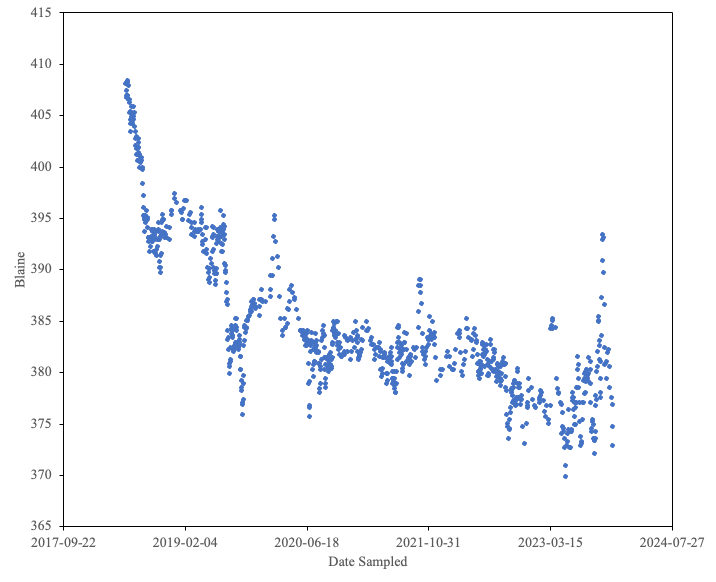
Pozzolans
Pozzolans, such as fly ash, silica fume, and metakaolin, offer sustainable alternatives to traditional cement. Benefits include:
- Reduced carbon footprint by decreasing clinker content.
- Improved resistance to chemical attacks and reduced permeability.
- Enhanced long-term strength and durability.
The use of pozzolans aligns with global efforts to create greener construction materials.
Top 5 Cement Manufacturers in the World
- China National Building Material (China)
- Production Volume: ~500+ million tonnes/year
- Also known as CNBM, this state-owned enterprise dominates China’s huge infrastructure sector and produces a wide range of building materials.
- Anhui Conch Cement (China)
- Production Volume: ~300–350 million tonnes/year
- One of Asia’s largest producers, Anhui Conch meets booming construction demand in China and increasingly exports to other regions.
- Holcim (Switzerland)
- Production Volume: ~200–220 million tonnes/year
- Formed by the merger of Lafarge and Holcim, this global leader operates in over 70 countries, focusing on sustainable construction solutions.
- Heidelberg Materials (Germany)
- Production Volume: ~125–135 million tonnes/year
- Formerly HeidelbergCement, it’s a major European player active in over 50 countries, investing in carbon reduction and digital construction technologies.
- CEMEX (Mexico)
- Production Volume: ~90–95 million tonnes/year
- Operating in more than 50 countries, CEMEX specializes in innovation, offering low-carbon cements and recycled aggregates, especially across the Americas.
Graphic: cement production map

Today’s Innovations
The future of cement lies in sustainable and innovative solutions:
- Carbon-Neutral Cement: Technologies such as carbon capture, utilization, and storage (CCUS) aim to mitigate emissions.
- Alternative Binders: Materials like geopolymers and magnesium-based cements are being developed as eco-friendly alternatives.
- Self-Healing Cement: Incorporating bacteria or polymers that repair micro-cracks, extending the life of structures.
- Digitalization: Smart sensors and AI optimize production, monitor quality, and minimize waste.
- Circular Economy: Recycling construction waste into new cementitious materials reduces dependency on virgin resources.
These innovations reflect the industry’s commitment to addressing environmental challenges and promoting sustainable development.
How to Choose the Right Type for Your Project
Selecting the right cement depends on the specific requirements of your project:
- For General Construction: Use OPC Type I or blended cement with limestone for standard strength and durability.
- For Harsh Environments: Opt for sulfate-resistant cement or slag cement.
- For Fast-Track Projects: High early strength cement (Type III) is ideal.
- For Eco-Friendly Projects: Choose pozzolanic or slag-blended cement.
A good rule of thumb is to consider the environment, the type of structure, and the desired lifespan.
Cement’s Ever-Evolving Role
Cement has come a long way—from the volcanic ash-lime mixes of ancient Rome to the high-tech clinker production processes of today. As industries and governments prioritize sustainability, innovations in cement chemistry, manufacturing, and application are poised to reshape the way we build. Whether you are looking to understand the nuances of different cement types, keep pace with regulatory standards, or explore how pozzolans can improve durability and environmental performance, the world of cement offers endless opportunities for discovery.
Remember: The core of cement technology is continuous innovation, quality control, and sustainability. As global construction practices evolve, cement will remain a crucial element, ensuring the durability, safety, and resilience of the structures that define our built environment.
Next, read about Mastering Slump: The Key to Quality Concrete.


